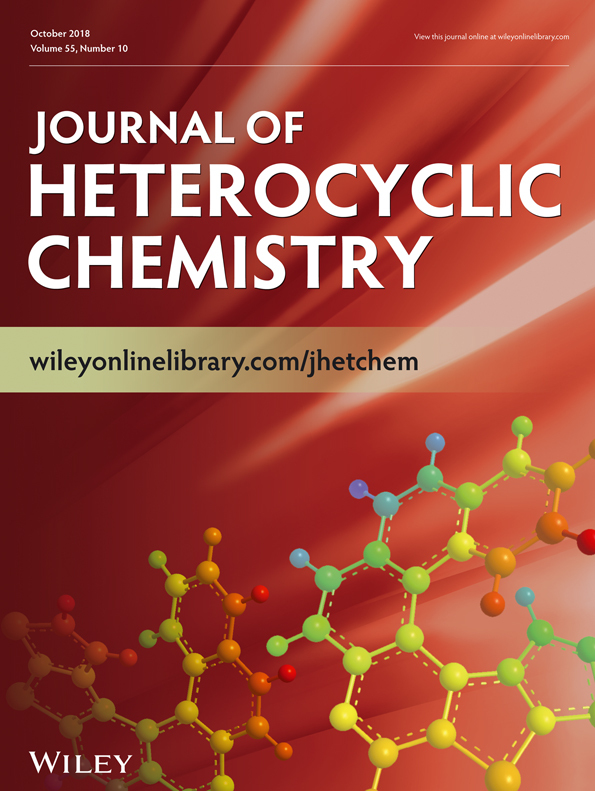Design, Synthesis, Antifungal and Antibacterial Activities of N-phenyl and N-pyridinyl-5-(trifluoromethyl)-pyrazole-4-carboxamide Derivatives
Abstract
A series of N-phenyl and N-pyridinyl-5-(trifluoromethyl)-pyrazole carboxamide derivatives (T1–T25) were designed and synthesized. Bioassay results indicated that antifungal and antibacterial activities of title compounds could be obviously improved by placing trifluoromethyl on the 5-position of the pyrazole ring and substituted 4-pyridinyl at the amine side of the amide bond. The EC50 values of T3 against Gibberella zeae, Cytospora mandshurica, and Fusarium oxysporum were 14.7, 21.1, and 32.7 μg/mL, respectively, better than hymexazol (30.2, 47.3, and 42.5 μg/mL) and carboxin (34.2, >200, and >200 μg/mL). And the EC50 values of T6, T11, T12, T15, T18, T19, T23, and T25 against rice bacterial leaf blight were 17.0, 21.8, 21.9, 18.6, 16.8, 25.9, 9.4, and 24.4 μg/mL, respectively, much better than bismerthiazol (70.5 μg/mL).




